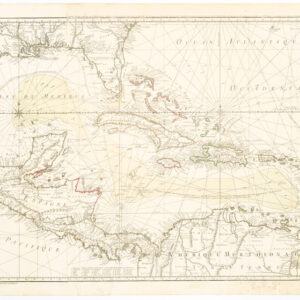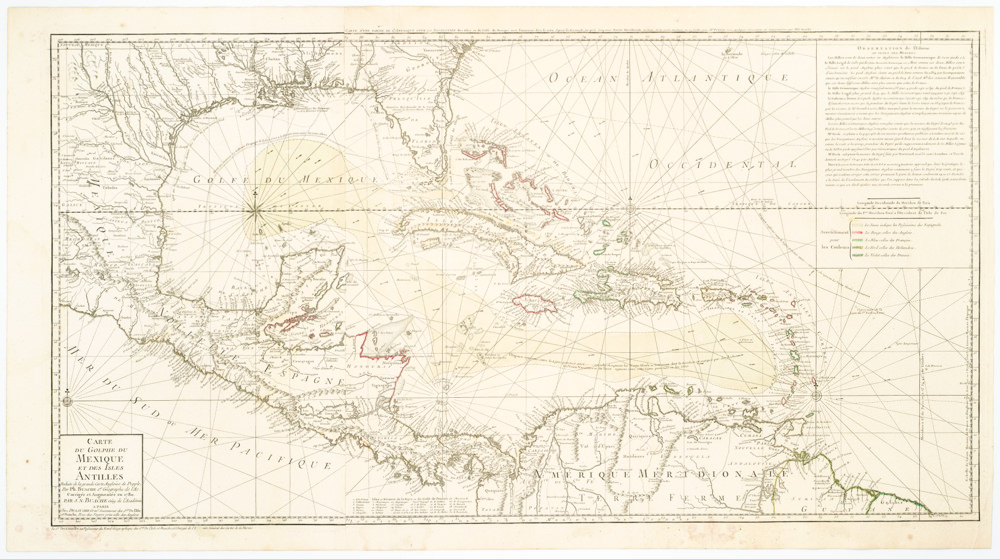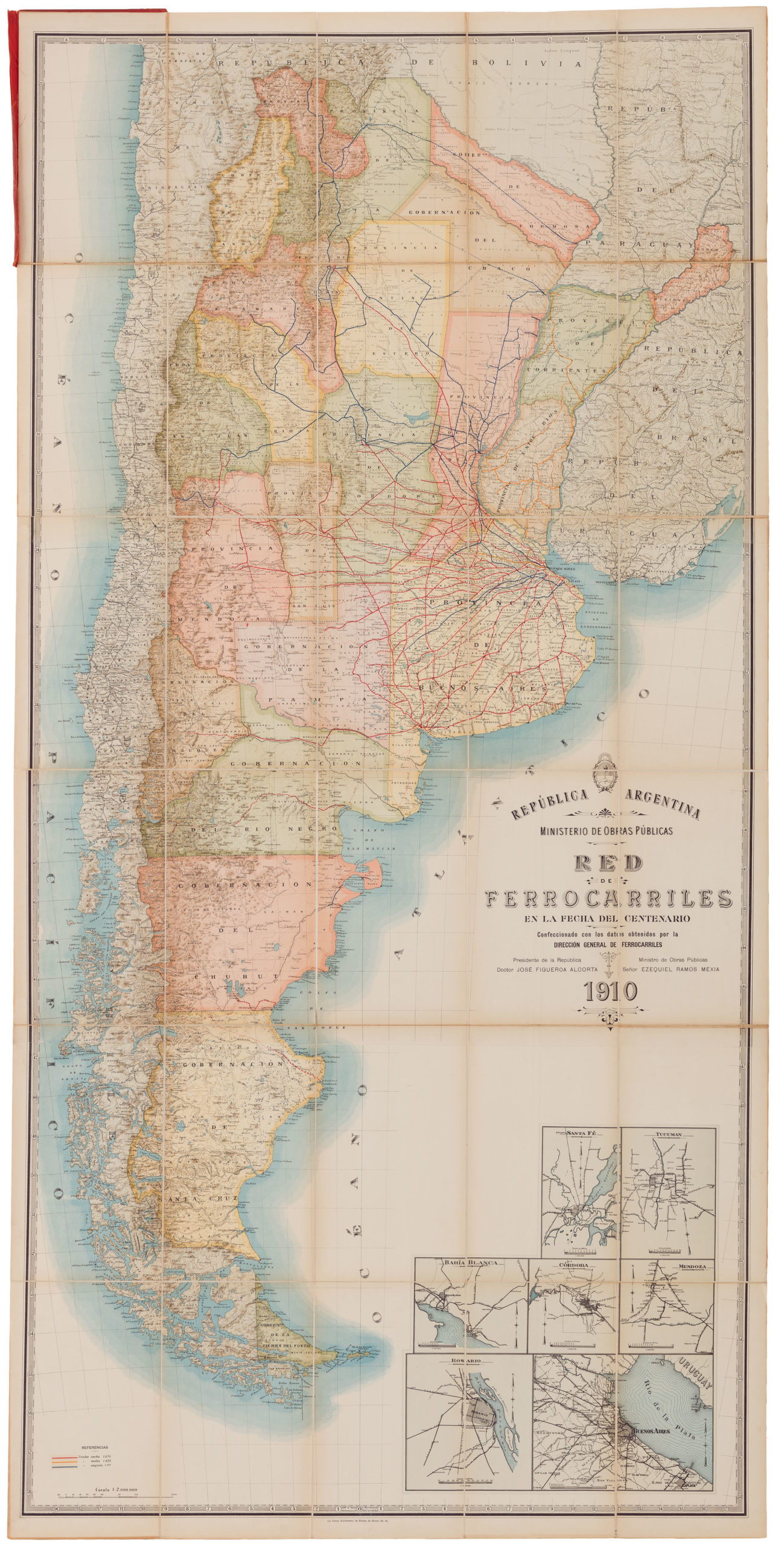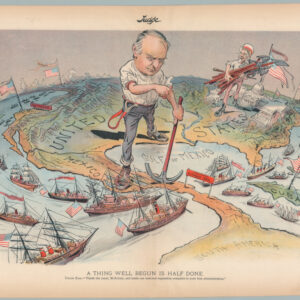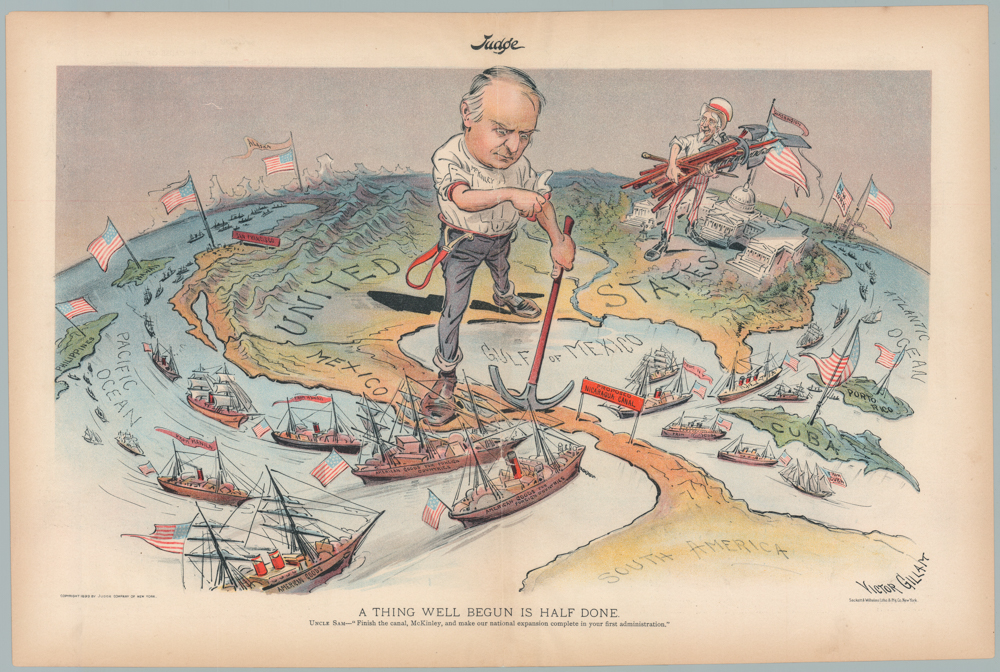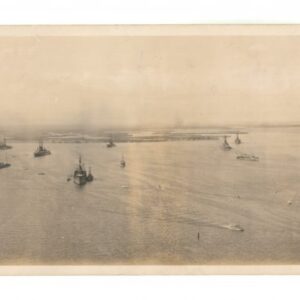The first printed map of Lima.
Lima, Ciudad de los Reyes, Corte y Emporio del Imperio Peruano.
$6,500
1 in stock
Description
Joseph Mulder’s 1688 map, Lima, Ciudad de los Reyes, Corte y Emporio del Imperio Peruano, is the first printed map of Lima, the capital of the Viceroyalty of Peru.
The map is a fine example of copperplate engraving produced in Antwerp towards the end of the 17th century. It is an elaborate city plan, surrounded by intricate engravings, including religious iconography, exotic animals, and heraldry. Coats-of-arms and depictions of saints such as Saint Toribio Alfonso de Mogrovejo, Saint Rose of Lima, and Saint Francis Solanus frame the central image of the city. Mulder’s work also includes a key identifying 61 significant streets and buildings, delineating the city’s ecclesiastical and civil infrastructure. These elements contribute to the map’s dual function as both a geographic representation and a testament to Lima’s religious and civic significance at the time.
The map prominently features images of churches, which are exaggerated in size to emphasize their importance in the city’s religious life. The streets of Lima are depicted with exaggerated symmetry, showcasing a grid-like pattern that soon became characteristic of Spain’s colonial towns in the New World. Surrounding the map are images of indigenous wildlife, such as camels, lions, armadillos, toucans, and pumas. These further enhance the exotic image of Lima as a paradise in the West.
Mulder’s engraving is notable for its artistic quality and historical significance. As the first printed plan of Lima, it served as the foundation for many subsequent maps of the city and was widely copied throughout Europe.
Census
Mulder’s original map is a rare and valuable historical artifact. It was produced as a supplement to Francisco Echave y Assu’s book La Estrella de Lima convertida en sol sobre sus tres coronas el B. Toribio Alfonso Mogrobexo. However, its scarcity today suggests that only a limited number of copies were made.
The OCLC lists only two institutional examples (no. 858944514). In addition to the Biblioteca Nacional de España, the John Carter Brown Library of Brown University holds an example.
Context is Everything
The historical backdrop of Joseph Mulder’s map is essential for understanding its significance. Lima, founded by Francisco Pizarro in 1535, quickly became a crucial city in the Spanish colonial empire. Officially named Lima, la Ciudad de los Reyes (Lima, the City of Kings), it was established as the administrative center for the Viceroyalty of Peru, which governed most of Spanish South America. In the New World, Lima was second in importance only to Mexico City, serving as the capital of Greater Peru and as a hub for trade, culture, and the Catholic Church.
By the time Mulder’s map was engraved in 1688, Lima had evolved into a prosperous city due to its strategic location along Pacific trade routes. Its proximity to the port of Callao made it a frequent stop for ships involved in the lucrative trade between the Americas, Europe, and Asia. However, this prominence also made it a target for pirates and European rival powers. English and Dutch pirates, such as Sir Francis Drake and Joris van Spilbergen, attacked the city and its port on several occasions, highlighting its vulnerability.
In 1687, the Viceroy of Peru, Don Melchor de Navarra y Rocafull, ordered the construction of protective walls to protect Lima from these threats. These fortifications were completed just before a catastrophic earthquake struck the city, destroying its infrastructure, including the newly constructed walls. Despite these challenges, Lima remained an essential center for Catholicism and the Spanish administration.
The map itself was created as part of commemorations surrounding the beatification of Saint Toribio Alfonso de Mogrovejo, the second Archbishop of Lima, who played a crucial role in the city’s religious history. Francisco Echave y Assu commissioned the map and wrote La estrella de Lima convertida en sol to celebrate this ecclesiastical milestone. The book and its accompanying map were intended to emphasize Lima’s citizens’ deep Catholic piety and devotion to Mogrovejo, who had been beatified by Pope Innocent XI in 1679.
The map’s visual details reflect this religious narrative, depicting saints and enlarged images of churches dominating the cityscape. The city was portrayed as a bastion of Christianity in the New World, symbolized by its majestic cathedrals and numerous religious landmarks. This was further accentuated by the exotic animals in the map’s margins, a common trope in European depictions of the Americas that underscored the natural wealth and perceived otherworldliness of this distant region.
Interestingly, the city’s layout on the map is based on an earlier manuscript plan drawn in 1685 by Juan Ramon Koninck, a Flemish Jesuit. Koninck’s map, which highlighted Lima’s grid of streets and districts, served as a source for Mulder’s printed engraving. Though the printed map exaggerates the regularity of Lima’s urban plan and the size of its churches, it captures the essence of a city that was both a center of Spanish imperial power and a symbol of Catholic piety.
Mulder’s map is more than a geographical document—it celebrates Lima’s religious, civic, and imperial importance at the end of the 17th century. The combination of detailed cartography, religious symbolism, and exotic imagery speaks to Lima’s multifaceted role as a vital administrative capital and a “Western paradise” in the eyes of contemporary Europeans.
Cartographer(s):
Joseph Mulder (1659–1710) was a Dutch engraver and mapmaker renowned for his expert engraving skills. He was born in Amsterdam at the height of the Golden Age of Dutch cartography and would join the ranks of Amsterdam’s artistic community from a young age. Mulder primarily worked on illustrations and maps for books and scientific works and is perhaps best known for his work on Maria Sibylla Merian’s Metamorphosis Insectorum Surinamensium (1705), a groundbreaking study of the flora and fauna of Suriname. The engravings in this work were praised for their precision and artistic beauty and contributed significantly to the volume’s broad recognition.
Mulder collaborated with several notable publishers in the Netherlands and beyond, particularly projects involving natural history, cartography, and religious thought. In addition to his work with Merian, Mulder also created several vital maps, including the first printed plan of Lima in 1688. This map was engraved in Antwerp to accompany Francisco Echave y Assu’s work La estrella de Lima convertida en sol, which celebrated the beatification of Saint Toribio Alfonso de Mogrovejo. The map is considered a rare and significant piece of cartographic history, as it offers one of the earliest detailed representations of Lima. Mulder’s skill as an engraver made him a sought-after artist for such projects, and his work is still recognized for its craftsmanship and attention to detail.
Condition Description
Very good.
References
